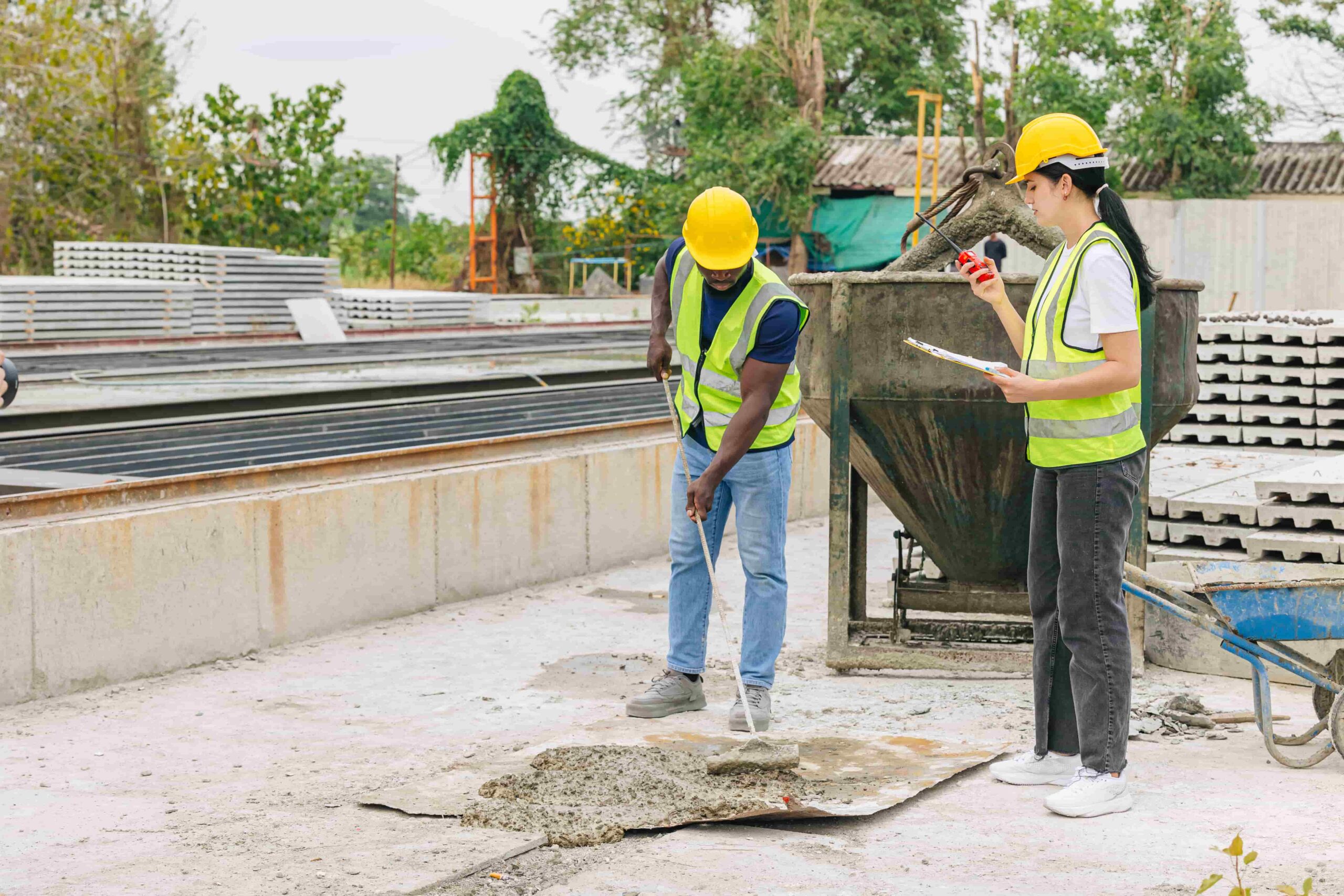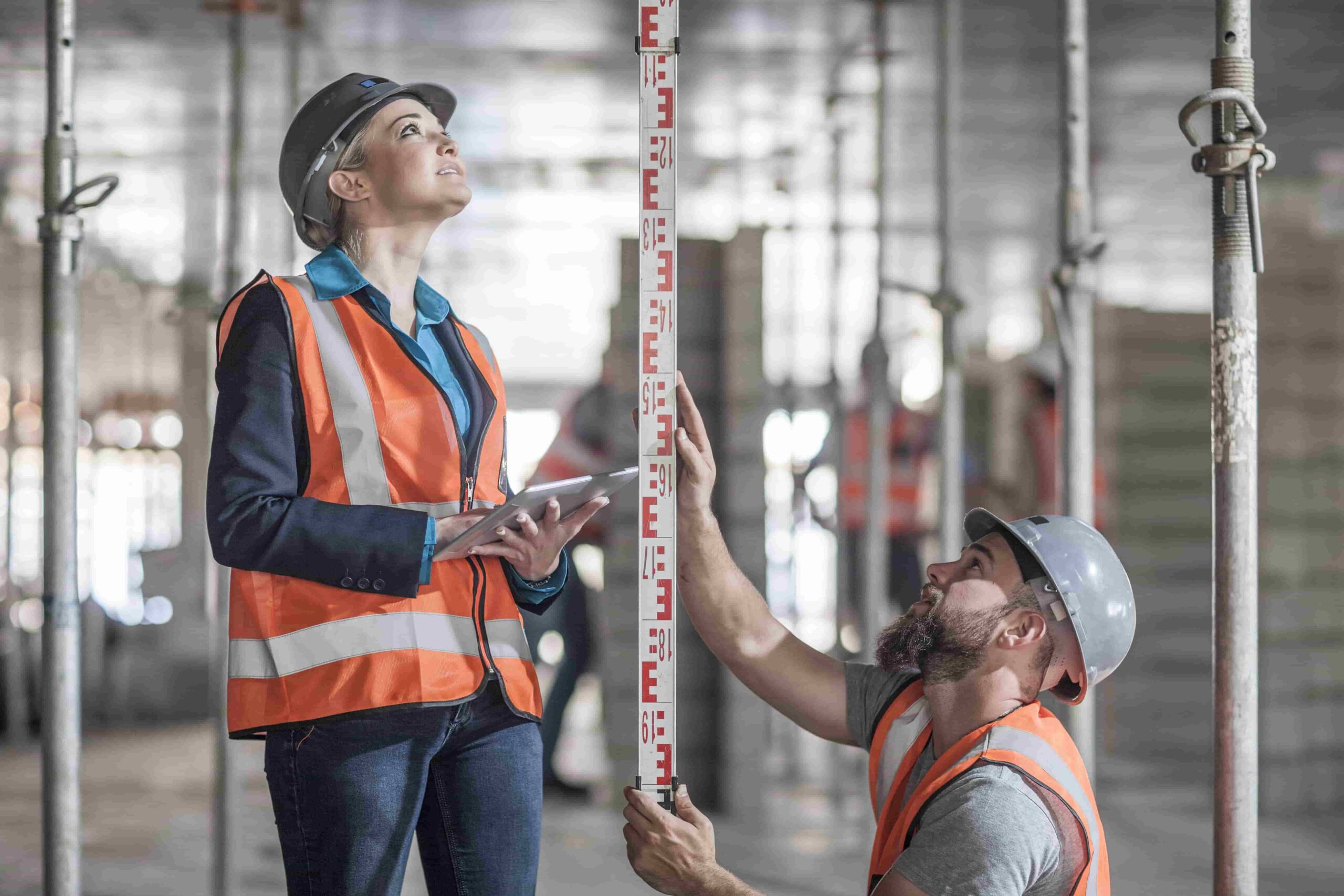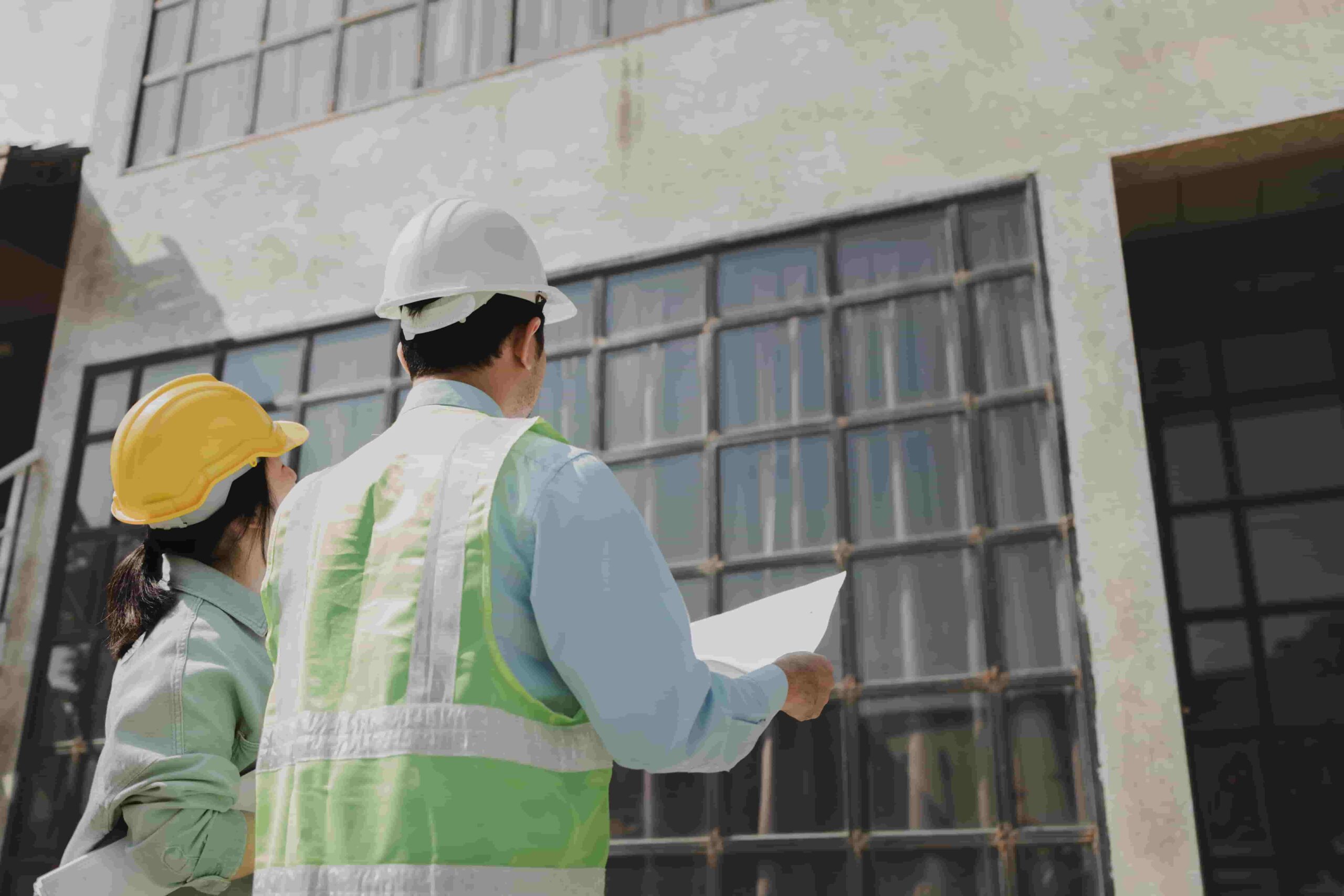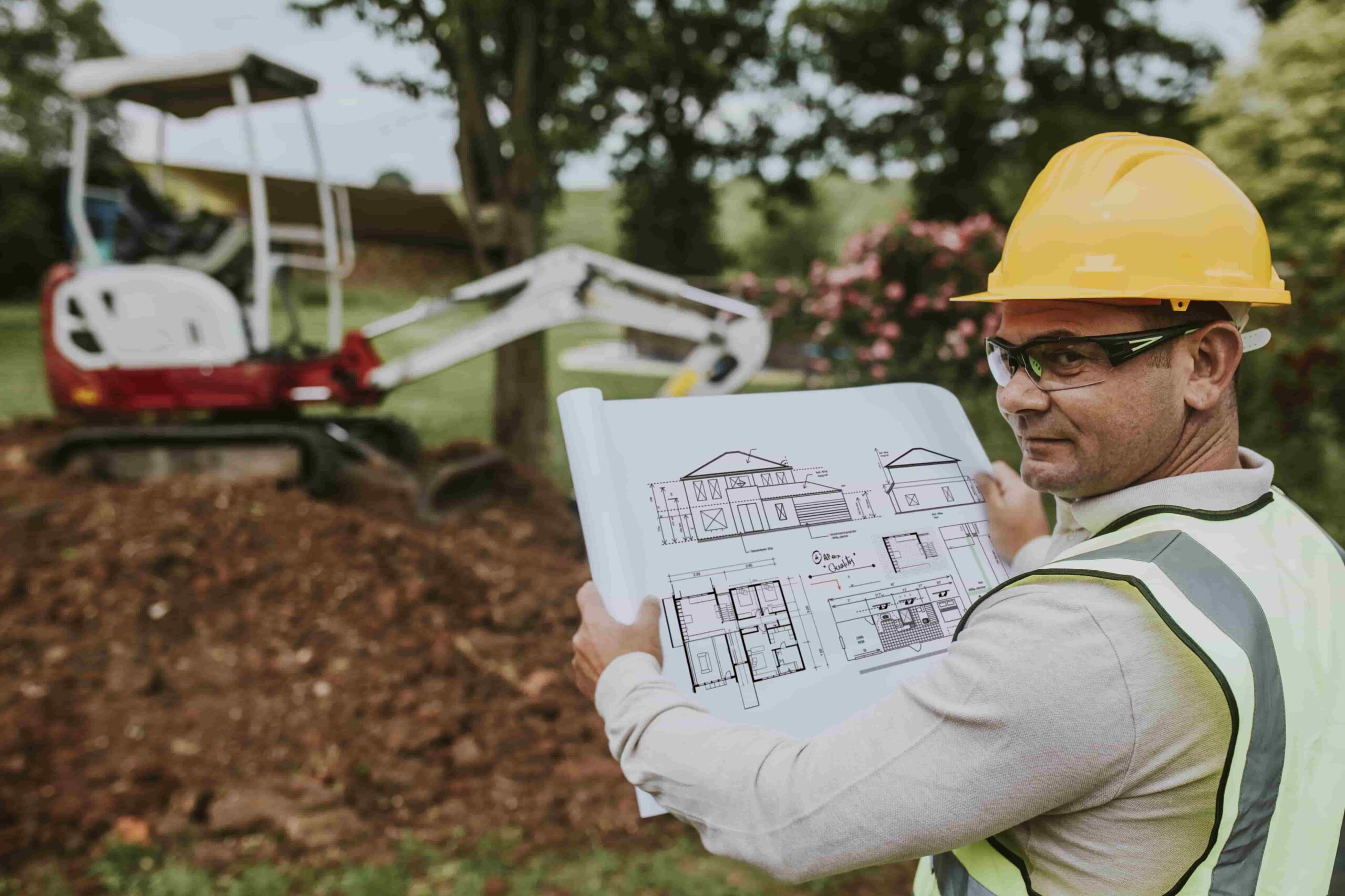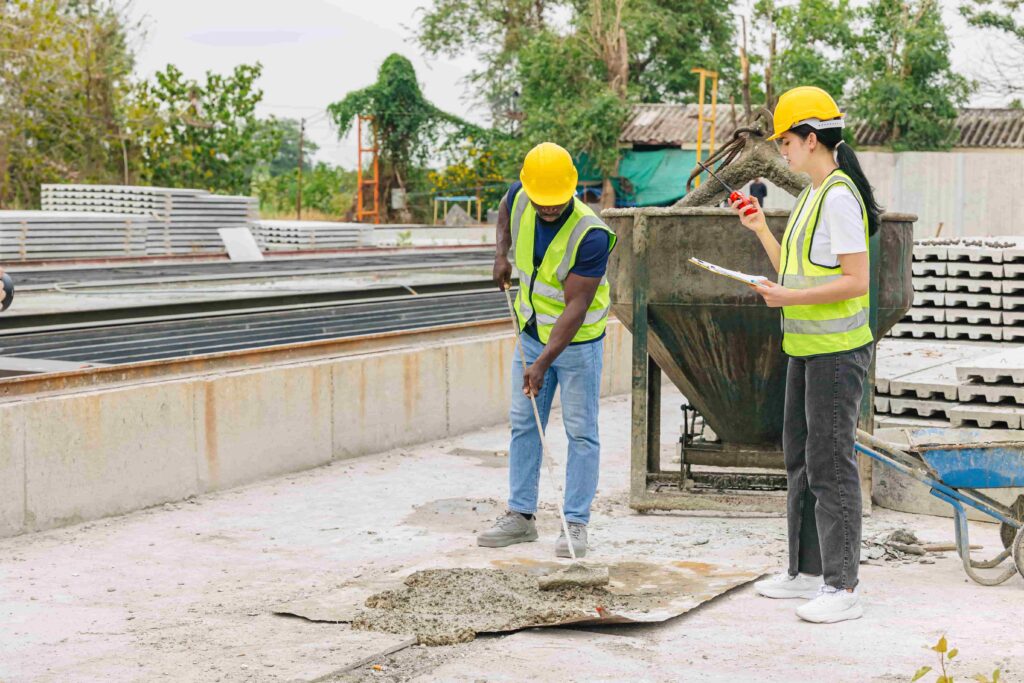
Waterproofing is often an underestimated trade in construction estimating, yet it has one of the highest impacts on long-term project durability and client satisfaction. When bidding in demanding environments like New York City, your waterproofing estimate needs to be both precise and risk-adjusted, especially with local weather conditions and agency specifications in play.
At True Bid Data, we treat waterproofing as a data-intensive scope—one that requires careful breakdown, risk analysis, and integration into the overall project lifecycle. Whether you’re working with public entities like SCA, NYCHA, or DASNY, or bidding a private high-rise project, you need waterproofing costs to be defensible and backed by real quantities.
Key Waterproofing Systems to Consider
There’s no one-size-fits-all waterproofing approach. Each system varies by:
- Application area (roofs, basements, foundation walls, wet rooms, podium decks)
- Product type (fluid-applied, sheet membranes, bentonite, crystalline, or cementitious)
- Construction stage (pre-applied vs. post-applied systems)
- Substrate condition (existing concrete vs. new slab)
- Environmental exposure (hydrostatic pressure, UV, traffic loads)
Each of these variables must be tracked in your digital takeoff to align with manufacturer warranty requirements and contractor scope division.
How We Perform Waterproofing Takeoffs
Our team starts with a drawing-based takeoff using PDF plans, extracting key scopes such as:
- Below-grade waterproofing areas
- Elevator pits and retaining walls
- Podium decks and balconies
- Expansion joints and flashing details
- Waterproofing terminations and transitions
- Coordinated flashing with windows, doors, and façade elements
Every line item in your waterproofing estimate is tied to its precise location and detail reference, ensuring clarity during both bidding and construction phases.
Why Waterproofing Is Critical in New York City Projects
New York City’s construction environment brings unique challenges to waterproofing estimation:
- DOB-compliant materials and performance standards
- High groundwater levels in waterfront or low-lying sites
- Union vs. non-union labor variations for membrane applications
- Local Law 11 façade waterproofing in restoration projects
- Heavy foot traffic and rooftop loading conditions on residential or commercial terraces
At True Bid Data, our database includes NYC-specific cost modifiers, enabling you to fine-tune your labor and material pricing by borough and building type.
Smart Cost Modeling for Waterproofing
A data-backed waterproofing estimate isn’t just about area. It includes:
- Vertical vs. horizontal applications
- Detail transitions (i.e., slab-to-wall changes)
- Perimeter terminations and joints
- Curing and surface prep time
- Multi-phase sequencing for access or weather constraints
We organize these into clear CSI Division 07 takeoff categories, with unit pricing aligned to RSMeans, vendor quotes, or previous NYC project benchmarks.
Waterproofing and Bid Competitiveness
Undershooting waterproofing cost can result in:
- Losses due to warranty claims or rework
- Project delays from substrate prep issues
- Code violations if detail specifications are missed
Overshooting, on the other hand, can make your bid uncompetitive. By relying on structured takeoff data and cost-per-condition analytics, we help ensure your waterproofing bid hits the mark.
Waterproofing Estimating for Agencies Like OGS and SUNY
If you’re bidding government projects in New York State, waterproofing scopes often require:
- Spec-matching to OGS-approved systems
- Durability forecasts for DASNY academic facilities
- Clear separation of material vs. labor for state review
- Alignment with SUNY building envelope standards
We routinely prepare waterproofing estimates that pass pre-approval thresholds with these agencies, saving you time in bid revisions or post-award clarifications.
Digital Insights That Optimize Waterproofing Costs
Here’s how data and analytics give you a competitive edge:
- Predict where reinforced vs. non-reinforced membranes are needed
- Cross-reference waterproofing with drainage and insulation takeoffs
- Evaluate alternatives such as hot-applied vs. cold-applied membranes
- Flag high-risk details like window sill transitions or elevator pits for extra cost coverage
Whether you’re bidding a below-grade system in the Bronx or a podium terrace in Brooklyn, the data behind your estimate is what turns it from guesswork to strategy.
Conclusion
Waterproofing isn’t just a small line item—it’s a barrier between a finished building and future failures. For estimators working in New York City, where moisture control and building codes are non-negotiable, you need data, not assumptions.
With True Bid Data, you gain access to takeoffs, historical cost insights, and NYC agency-aligned benchmarks that make your waterproofing estimate more accurate and your bid more successful.
Need help with your next waterproofing estimate? Visit True Bid Data and get support that goes beneath the surface.

